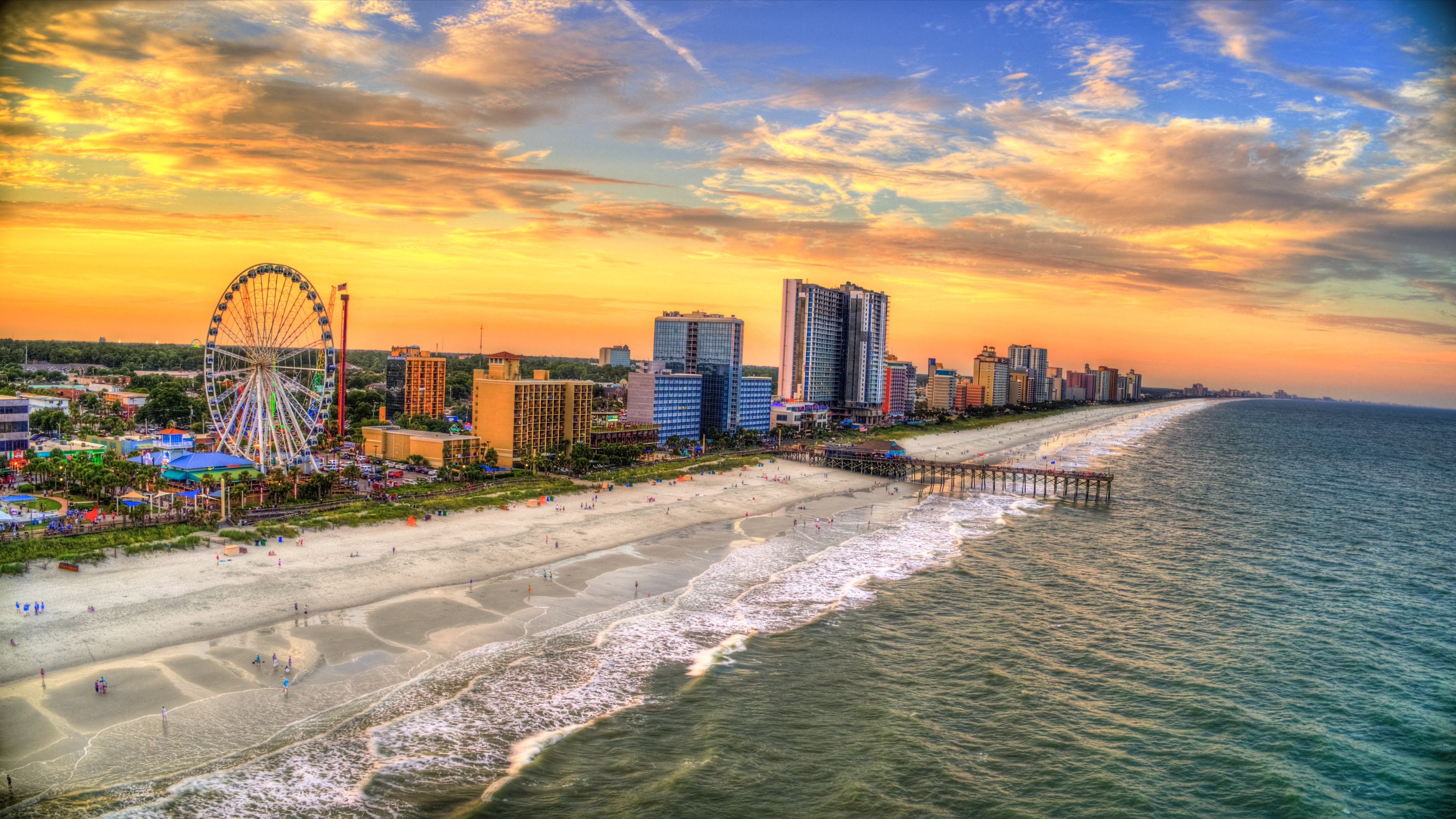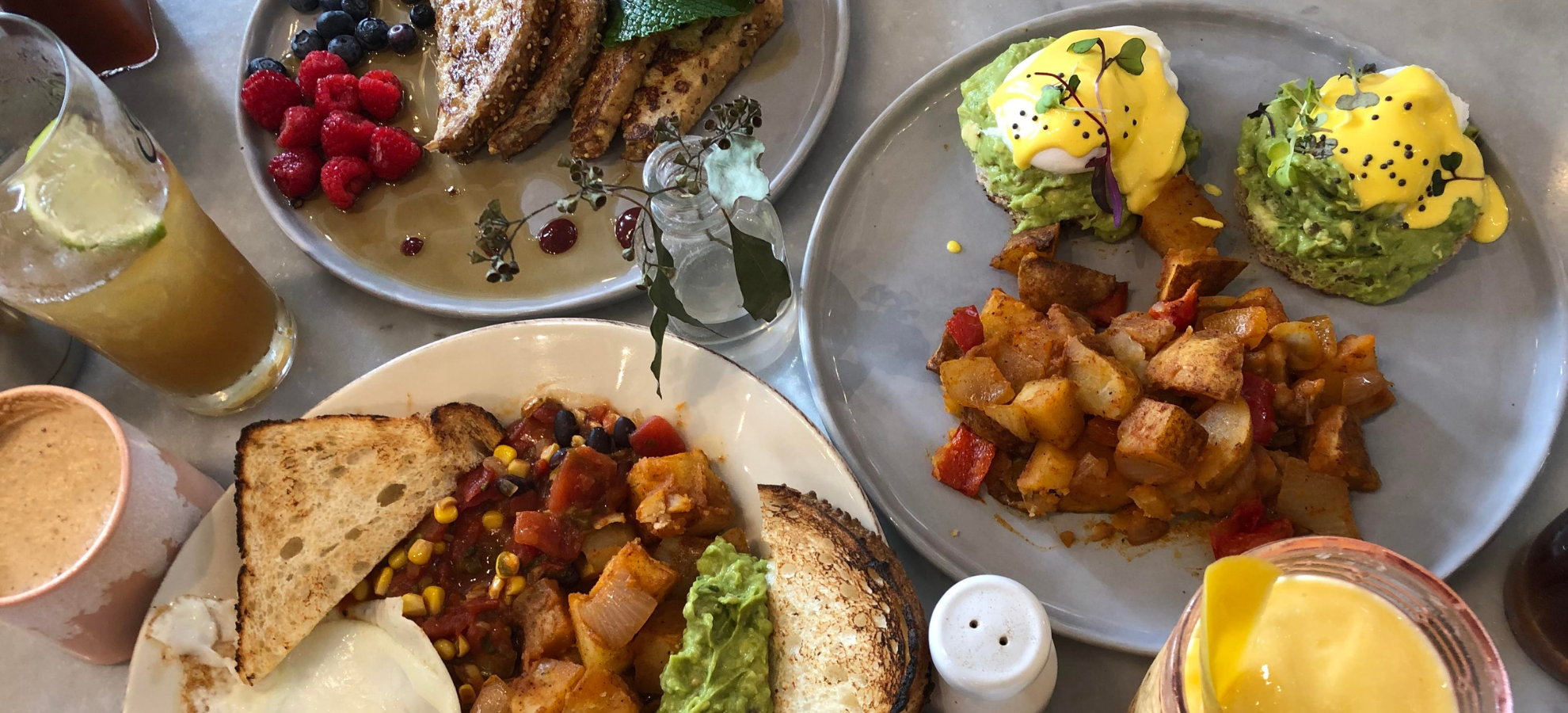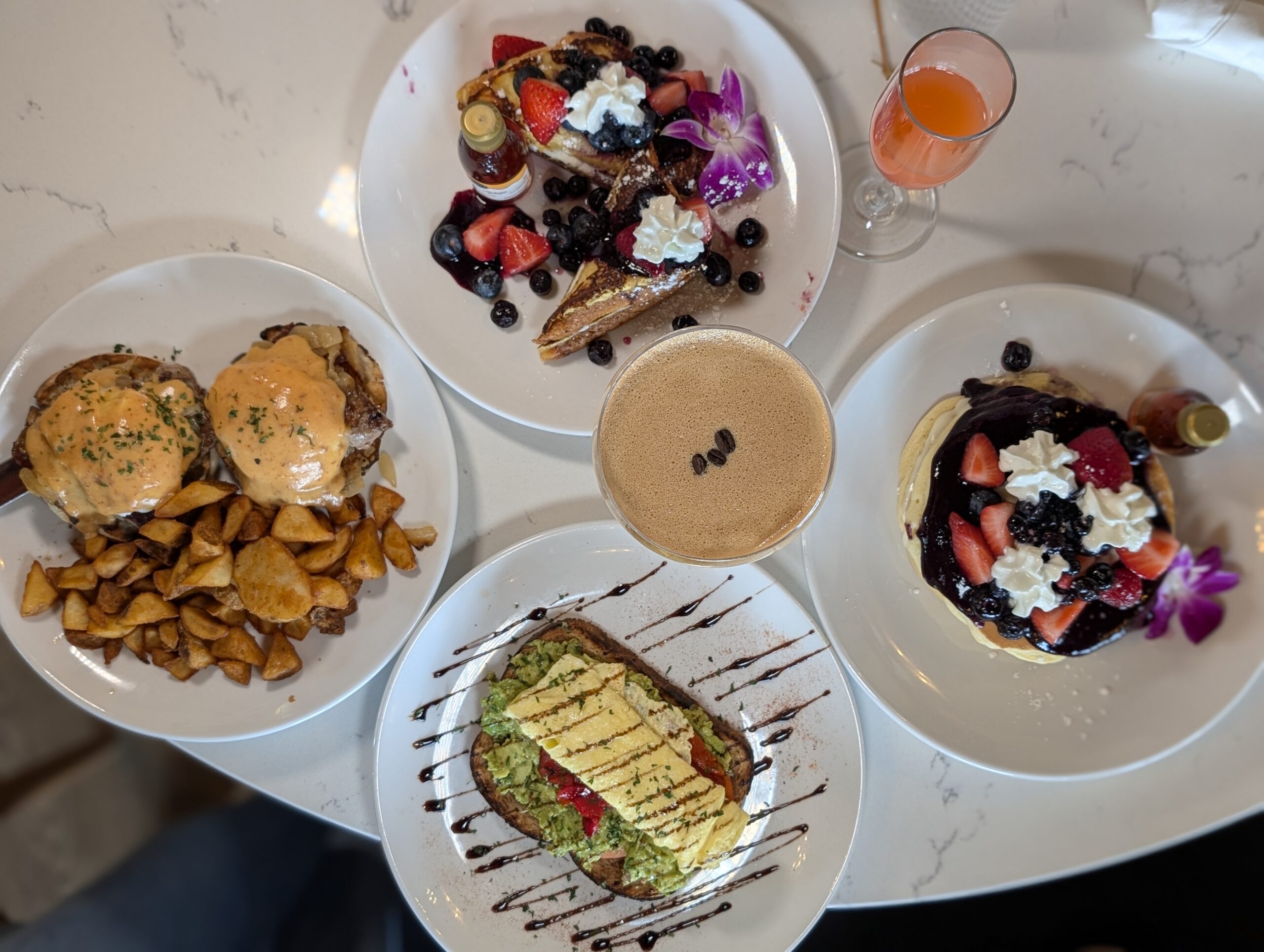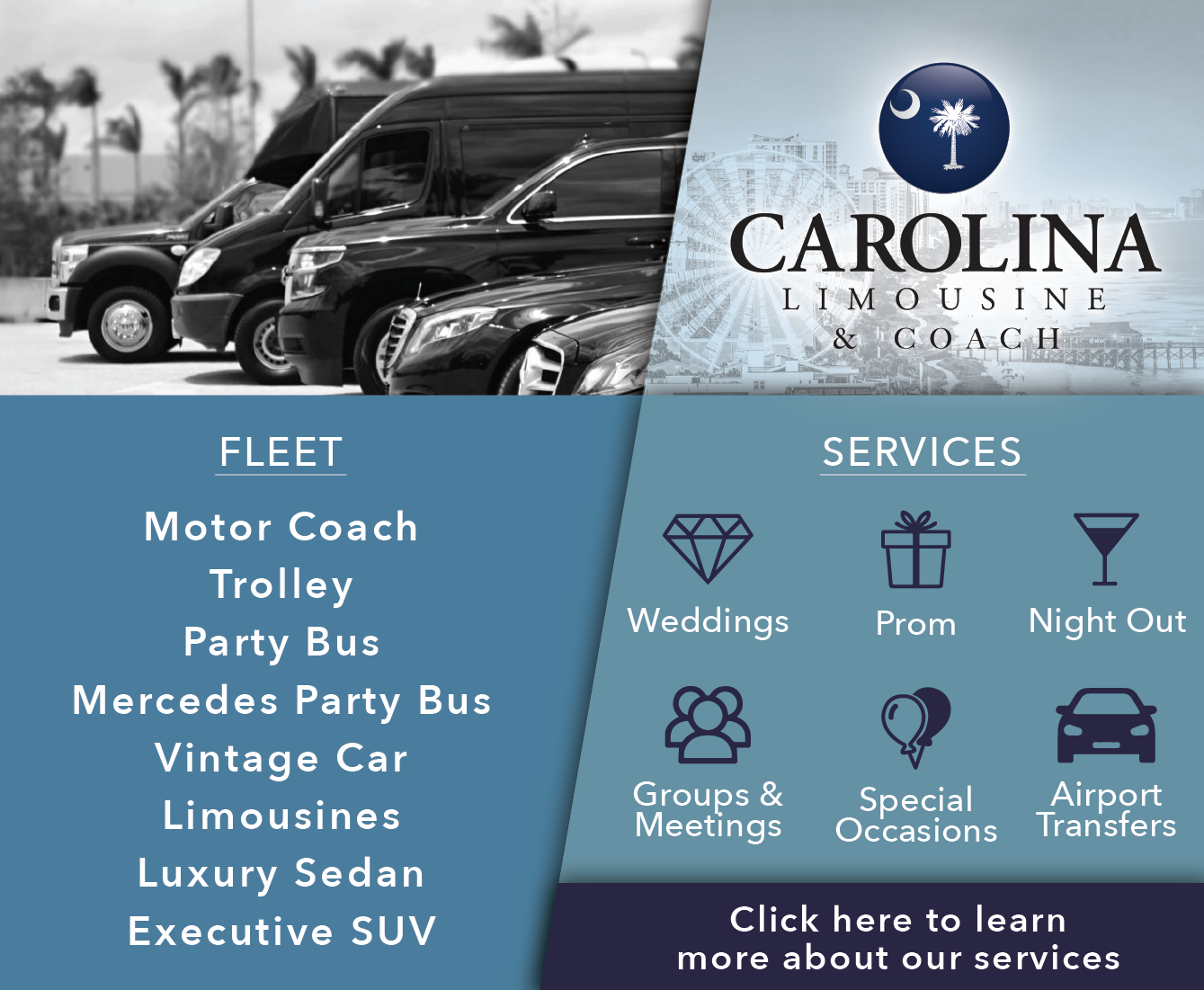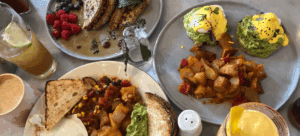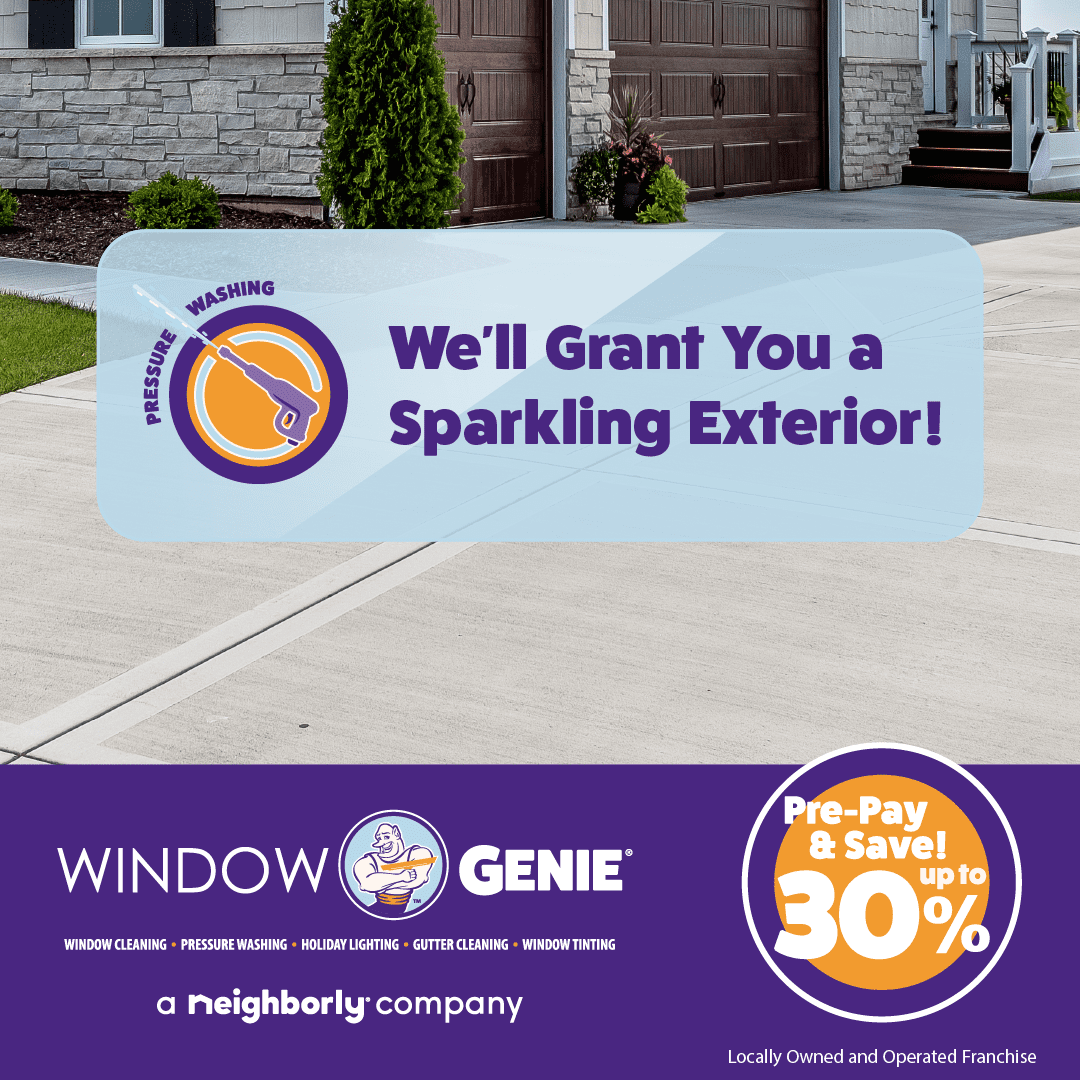A Resource For Our Community During Covid-19 and Beyond
by Melissa LaScaleia
The Myrtle Beach Area Chamber of Commerce and CVB is a hybrid chamber that performs two essential functions in our community.
On the chamber side, they provide business services, small business advocacy and support, and networking advocacy.
The CVB receives public tax payers dollars to run tourism and marketing campaigns to promote the Grand Strand area.
Both of these services help our area to grow and thrive, and are essential especially during these challenging Covid-19 times.
“Our mission is encapsulated in our tagline,” says Karen Riordan, the president and CEO of the Chamber. “To promote, protect, and improve.”
“We want to promote everything we have to offer. We want to make sure our community stays business friendly so businesses can thrive and prosper, thereby protecting the people who live here.
“Improve speaks to our larger values— we see our footprint as helping to improve the whole community. The more employment and the more businesses that are successful, the greater the benefits to everyone. More people want to live here, and the financial success imbues all aspects of the community in a positive way.”
Unlike other cities that were built with commerce in mind, Myrtle Beach has always been a quintessential tourist beach town. Over the past 100 years, the area has morphed and grown to house a university, a technical college, an internationally renowned culinary institute, as well as technology and healthcare-sector jobs.
“Our mission is to make this not just a place for people to visit, but to live and work,” says Karen. “I see a very high rate of entrepreneurs in this area. Many people have relocated here. There are some third and fourth generation residents, but more and more people are transplants who come from someplace else and fall in love with the climate, culture, and the way of life, and decide they want to stay.
“There’s a unique dynamic that exists between people who come from somewhere else as tourists and then decide to move here. We can’t understate or overstate the connection between people knowing the Myrtle Beach brand, and then thinking about relocating or starting a business here.”
Per a recent census, Myrtle Beach is the second fastest growing metro area in the U.S.
“This labor pool is changing a lot because new people are coming into the workforce all the time,” Karen says. “Contrary to what most people believe, a large percentage is a segment between 25 to 54 that are looking for jobs, or looking to create jobs.”
Hospitality is still the bread and butter of Myrtle Beach, however. And with the onset of Covid-19, the area jumped from 4% unemployment to 20% in a week. As of the writing of this article, the percentages have stabilized to 10%.
“The Chamber is working to continue to diversify our economy, so moving forward we’re not as vulnerable as we find ourselves today,” Karen says.
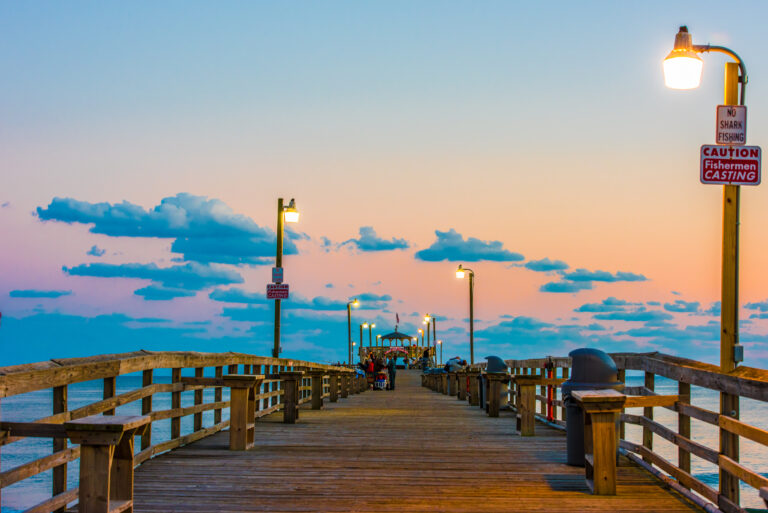
Karen, who recently celebrated two years in her current position in Myrtle Beach, was recruited from Williamsburg, VA where she previously served in a similar capacity.
Since the inception of Covid-19, she and her team have ramped up and reimagined what the Chamber offers to best support the community during these challenging times.
“We are serving as the source for all things Covid-related for the business community,” she says. “That entails a hugely expanded section on our website as well as daily emails to our businesses keeping them apprised of guidelines, regulations, and recommendations. When things were shifting rapidly, sometimes it was 3-4 times per day.”
The chamber spearheaded a recovery task force called Excelerate Myrtle Beach. Its focus was to look at the major sections of the area’s economy, including things like lodging, restaurants, attractions, golf courses and the retail sector, and examine what CDC guidelines they were going to voluntarily employ in the local business community.
“We began in April,” Karen says. “It was a huge endeavor. We had representation all over the community, and reached out to leaders in each sector for their input. We also had representation from the Myrtle Beach police department so that they would be able to give feedback on what were workable ideas to execute and enforce and what were not. And we created a communications task force to relay breaking news to our members daily.”
A lot of the recommendations suggested by the Chamber to area businesses were also suggested to the Governor of SC and his task force— and many were implemented.
The Chamber also shifted the majority of their in-person business courses to an online medium, creating webinars to replace them so members could still access the information. On top of that, they added 2-3 additional webinars per week that addressed Covid-related concerns.
“It’s been a Herculean effort to move all of that online,” Karen says. “We also have been fielding hundreds of calls weekly from our business community to be an of-the-moment resource for them.”
“The work has been intense,” she adds. “It’s a bit like running a crisis operation center.”
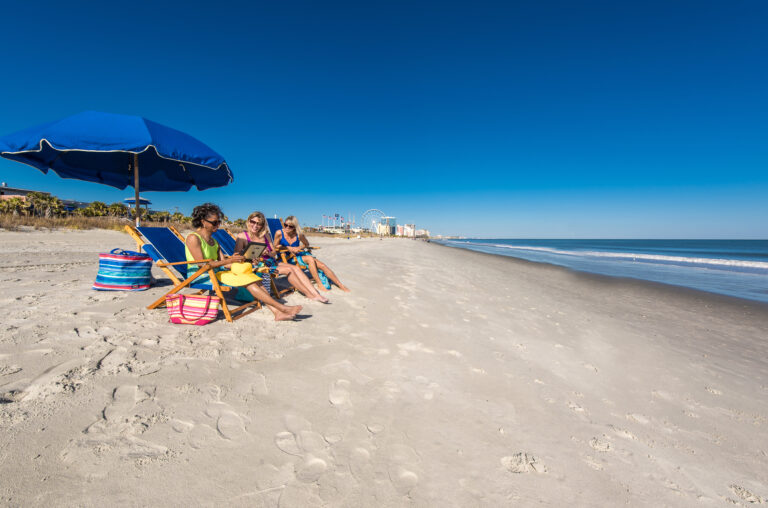
On the tourism side, Karen’s work was just as all-encompassing, as they had to relinquish their marketing plan for the year and create a new one by March, then update social media accounts and all advertising platforms accordingly.
Karen and her team created a three-phase approach. During the first phase, in March, with closures and very few visitors, the goal was simply to remain in people’s minds and hearts.
“We created a campaign called Sending Some Sunshine,” Karen says. “It was comprised of photography and videos of the surrounding Myrtle Beach area— comforting, calming images of nature, sunsets, beach and the ocean.
“The intention was to simply keep people dreaming about the future; to say, ‘We understand you can’t be traveling right now, but we’re here and will be ready when you’re ready.’ It was very well received by the community.”
During phase two, in May, as the beaches were beginning to open, Karen employed low-level digital advertising to see what would resonate with audiences.
“We weren’t sure people were comfortable traveling, and if they would be excited or offended by these messages,” she says.
For phase three, in June, they resumed more traditional advertising, targeting Myrtle Beach’s critical markets, the mid-Atlantic and Northeast states.
“But we did it with a slightly different message,” Karen says. “People did want beautiful messaging, but they wanted to know about our safety and sanitation protocols. So we rolled out our Visit Responsibly campaign. In it, we let people know that we want and need them to practice social distancing and to wear masks, because that’s the only way we can ensure that they and our employees stay safe.
“Many people have thought about our approach to bring tourists in as, ‘Oh you just want the cash registers ringing.’ Yes, that’s true, but the main concern is we need to protect the people who work in these areas, and ensure the survival of our area businesses— that they’ll be here in 2020 and beyond.
“Yes, they’ll have local business, but we also need visitor business for them to still be here. People who live here are tied to our economy. It’s also about protecting these people and their livelihood.”
The Chamber will be concluding their summer marketing campaign in a few weeks to roll out their modified fall one.
“We are not expecting the same level of business, but we’re working hard to see if we can generate fall business before going into the winter season,” Karen says.
On the business side, the Chamber plans to continue offering the same level of support with resources, PPE, educational webinars, promotional opportunities, grants and information about new laws.
“Most of our members are renewing because they see the value of being part of the group that can give them these resources,” she says.
Myrtle Beach Chamber of Commerce
Visit Myrtle Beach




